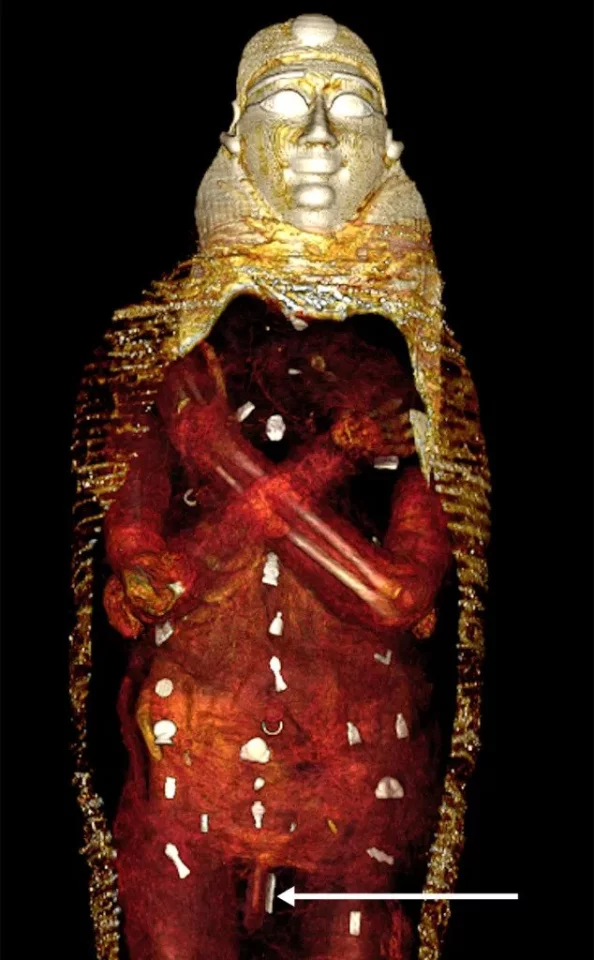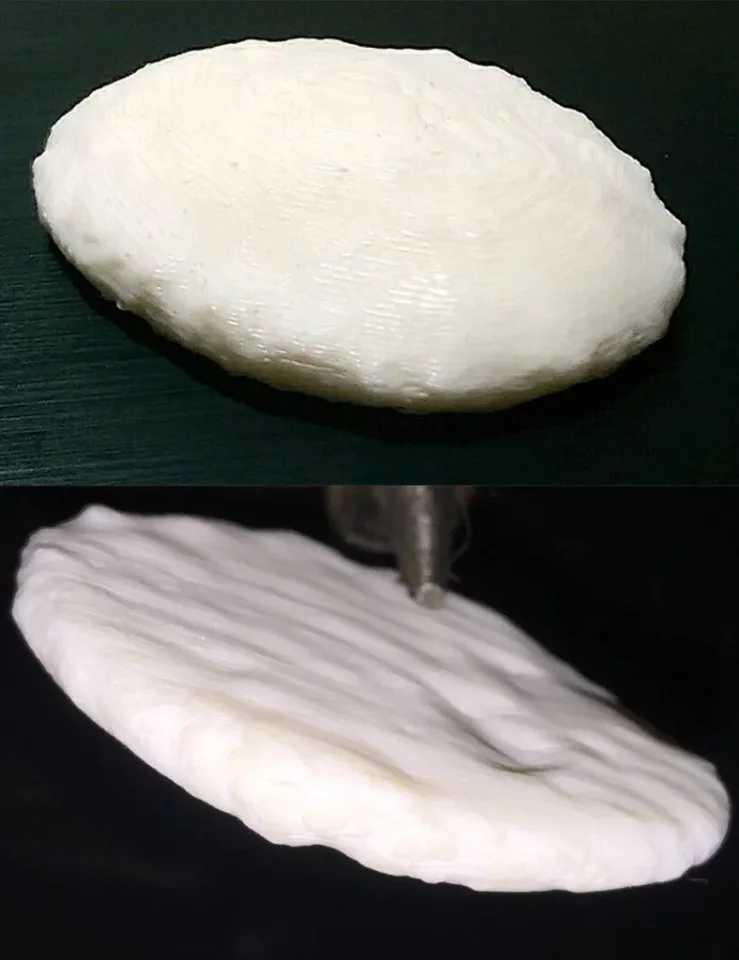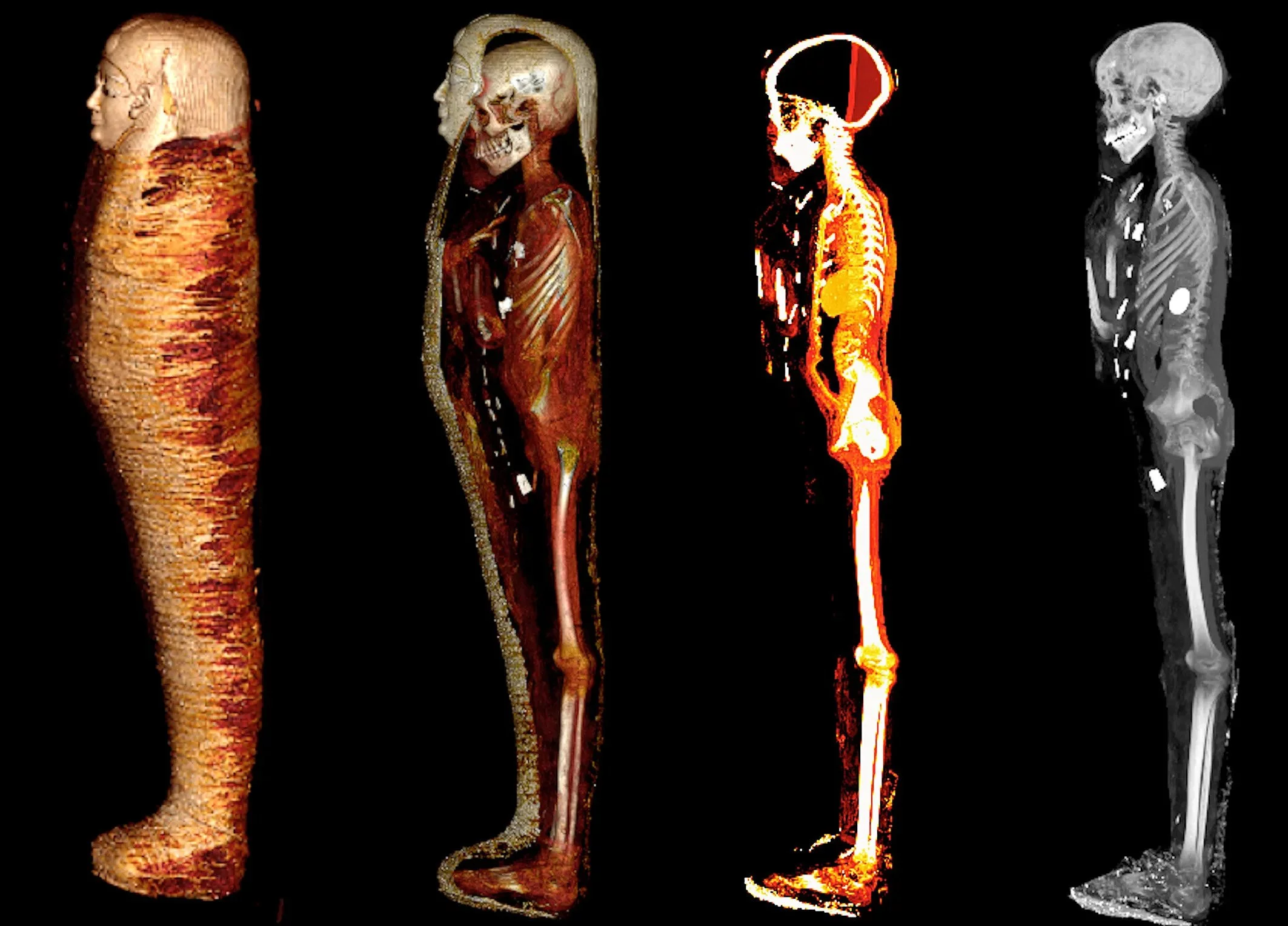A mummified body discovered over a century ago has been digitally unwrapped using CT technology, revealing the body of a teenage boy decorated with nearly 50 amulets highlighting a variety of different ancient Egyptian burial rituals.
The mummified body, now dubbed "Golden boy", was first discovered in 1916 around 800 km (500 miles) south of Cairo in a cemetery called Nag el-Hassaya. The cemetery dates back to the Ptolemaic period spanning 305 to 30 BCE, suggesting the remains are over 2,000 years old. The body has been in storage in the basement of a museum in Cairo for more than 100 years.

Using CT scanning technology, scientists were able to investigate the body in detail without physically unwrapping the mummy. The investigation revealed the body of a 14- or 15-year-old boy with healthy teeth and no discernible cause of death.
“Here we show that this mummy’s body was extensively decorated with 49 amulets, beautifully stylized in a unique arrangement of three columns between the folds of the wrappings and inside the mummy’s body cavity," explained first author on the new study, Sahar Saleem. "These include the Eye of Horus, the scarab, the akhet amulet of the horizon, the placenta, the Knot of Isis, and others. Many were made of gold, while some were made of semiprecious stones, fired clay, or faience. Their purpose was to protect the body and give it vitality in the afterlife."
Six scarab beetle amulets were found on the surface of the boy's head and one large scarab amulet was found inside the torso. As part of the subsequent museum exhibit featuring the remains, the researchers 3D printed this largest scarab, allowing for a unique engagement with the tactile and visual qualities of this object. The 3D-printed object revealed a number of engraved marks that are thought to be inscriptions but exactly what they could read is frustratingly out of reach to the CT scanning technology.

According to Saleem, the heart scarab is a key feature in the Book of the Dead. The amulet helps solidify the worthiness of the deceased in reaching certain stages of the afterlife.
"The heart scarab silenced the heart on Judgement Day, so as not to bear witness against the deceased," added Saleem. "It was placed inside the torso cavity during mummification to substitute for the heart if the body was ever deprived of this organ."

Another interesting finding was the body being fitted with open-toed sandals. Saleem again notes this ritual can be linked back to directions in the Book of the Dead, helping the deceased traverse different stages of the afterlife.
“The sandals were probably meant to enable the boy to walk out of the coffin," said Saleem. "According to the ancient Egyptians’ ritual Book of The Dead, the deceased had to wear white sandals to be pious and clean before reciting its verses."
This new research is not the first to study the remains of a mummified body using CT technology. Saleem recently using the technology to study an even older set of remains, the 3,500-year-old mummified body of King Amenhotep I.
The new study was published in Frontiers in Medicine.
Source: Frontiers







